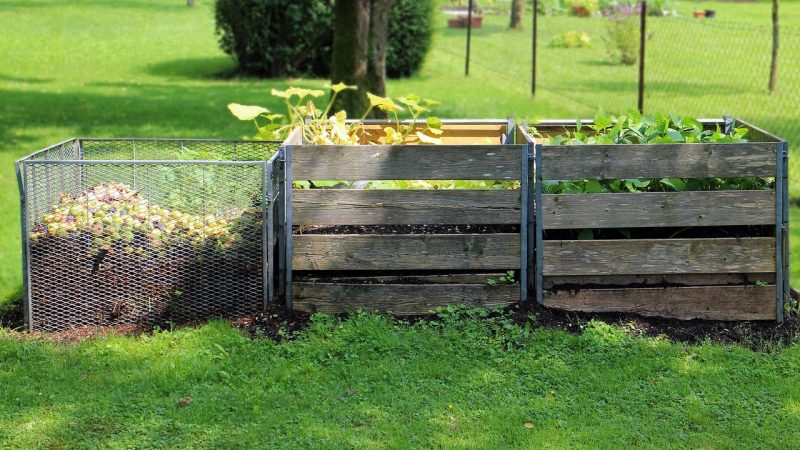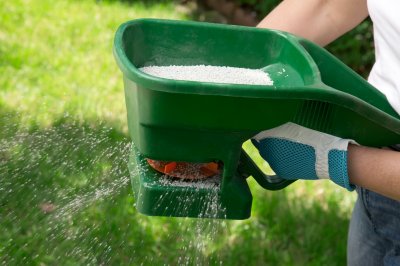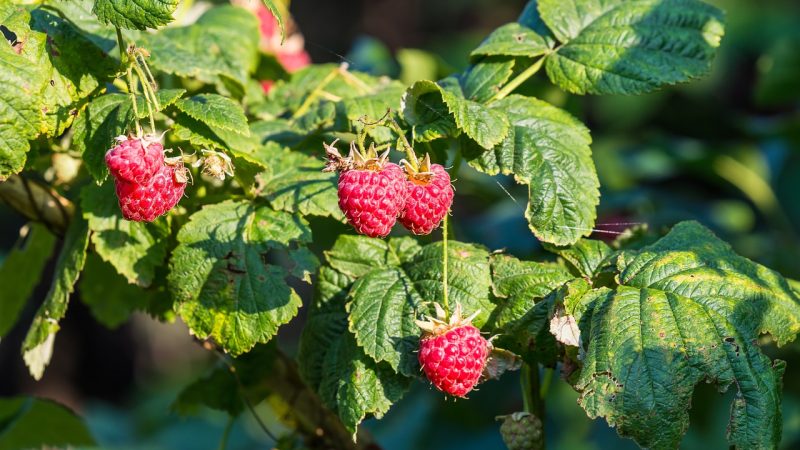Pruning fruit trees is a crucial practice for maintaining their health, shape, and productivity. Proper pruning can improve fruit quality, increase airflow and sunlight penetration, and manage the tree’s size. However, the specific pruning techniques and timing can vary depending on the type of fruit tree and its growth habit. Here are some general guidelines for fruit tree pruning:
1. Timing:
- The timing of pruning depends on the type of fruit tree and your location. In general, winter or early spring, while the tree is dormant, is a suitable time for pruning most fruit trees. Pruning during this period encourages new growth in the coming growing season.
2. Remove Dead, Diseased, and Damaged Wood:
- Start by removing any dead, diseased, or damaged branches. This helps prevent the spread of diseases and pests to healthy parts of the tree.
3. Thin Out Overcrowded Branches:
- Thin out the branches to allow more sunlight and airflow throughout the canopy. Remove crossing branches or those growing toward the center of the tree.
4. Prune to Encourage Fruit Production:
- For fruit-bearing trees, focus on pruning to encourage fruit production. Remove water sprouts (vigorous upright shoots) and excess growth that doesn’t bear fruit.
5. Heading Cuts vs. Thinning Cuts:
- Use heading cuts to reduce the length of branches or encourage lateral growth. Heading cuts are made just above a bud or lateral branch.
- Use thinning cuts to remove entire branches back to the main trunk or a lateral branch. Thinning cuts help open up the canopy and maintain a balanced structure.
6. Shape the Tree:
- Prune fruit trees to maintain a balanced shape and a sturdy structure. Keep the tree’s central leader intact for many fruit tree varieties.
7. Pruning Young Trees:
- In the early years, focus on shaping young fruit trees by training them to the desired form. Remove any competing branches to establish a strong central leader.
8. Avoid Heavy Pruning in One Season:
- Avoid removing more than one-third of the tree’s canopy in a single pruning session. Severe pruning can stress the tree and reduce fruit production.
9. Prune to Control Size:
- If your fruit tree is becoming too large for its space, use pruning to manage its size. However, consider the tree’s natural growth habit and try to maintain its overall shape.
10. Prune After Harvest:
- For fruit trees that produce fruit on the previous year’s growth (e.g., peaches, plums), consider pruning right after harvest. This allows new growth to develop and produce next year’s fruit.
Always research the specific requirements of each fruit tree species before pruning, as different trees have unique growth habits and fruiting patterns. Additionally, consult with a local horticulturist or arborist for personalized advice on pruning your fruit trees, especially if you are unsure about the correct techniques or timing for your specific fruit tree varieties.







